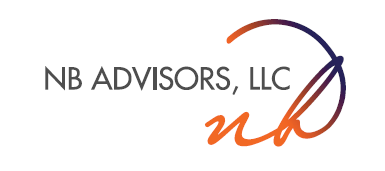Energy efficiency helps reduce hot summer days and high utility bills. Learn how to help as a homebuilder.
With steadily rising energy costs, energy-efficient homes aren’t just a passing construction trend. The benefits of energy-efficient construction are numerous, including reduced costs, increased comfort, and added marketability for buyers, as well as an overall reduction of greenhouse gases which contribute to global warming. As a result, the demand for energy-efficient homes will only continue to rise. Boost your building business by incorporating energy-efficient materials and techniques into your future construction projects.
Cool construction techniques
Although energy efficiency may cost more upfront, the lifelong savings more than makes up for the initial investment. Thanks to recent technological advancements in construction materials and techniques, building an energy-efficient home is more accessible than ever before.
An energy-efficient home has controlled ventilation, high-efficiency heating and cooling systems, a tightly sealed thermal envelope, and energy-efficient components including windows, doors, appliances, hot water systems, and electronics.
Consider the following for future construction projects to maximize energy efficiency while minimizing your environmental impact:
Optimized floorplans
The easiest and most cost-effective option involves strategic positioning of the layout and orientation of the building. Take advantage of passive solar gain; homes in the Northern Hemisphere should be north-south oriented to maximize sun exposure in the winter while reducing it in the summer. Also, arrange rooms based on which living areas benefit from sunlight at the time of day they’re most often used.
Thermal mass materials
High thermal mass materials stabilize temperature shifts by absorbing and storing heat energy. Typically used in walls and slab foundations; thermally insulated materials absorb cool air at night and help keep the home cool throughout the day. During winter, warmth from the sun is absorbed during the day, and then slowly released into the home via conductivity during nighttime hours. Water, stone, brick, and concrete all have high thermal mass, while steel, wood, and carpeting do not.
Air and moisture barrier
Air tightness and moisture resistance are crucial components of energy efficiency. Preventing air infiltration helps eliminate thermal bridges, and moisture resistance prevents the growth of mold and mildew as well as the potential for rot. An air and moisture barrier combined with continuous insulation is essential to energy-efficient design.
Cool Roofs
Traditional roofing material such as asphalt shingles have a high thermal mass and tend to absorb the sun’s heat. A cool roof uses low thermal mass materials like tile, slate, or clay and often has a reflective or light-colored surface to reflect the sunlight. Green roofs are an attractive and eco-friendly option that’s been growing in popularity; a green roof includes anything from simple plant coverage to a full-fledged rooftop garden. Cool roofs increase comfort, reduce energy bills, and can extend a roof’s service life.
Renewable energy sources
The ideal energy-efficient home creates as much energy as it uses for a net-zero expenditure of energy. Renewable energy measures include solar panels, wind systems, hybrid electric systems, or micro-hydropower. Not only can renewable energy sources reduce or eliminate utility bills, but there may be tax incentives for installing and using them.
A well-designed energy-efficient home saves money has a lower impact on the environment and creates a more comfortable indoor space for its occupants. As a home builder, routinely incorporating energy-efficient techniques and materials into your projects is an investment in your marketability and the future.
No Boundaries CPA understands that your construction business has unique needs. That’s why we take a consultative and team-based approach to address your financial challenges and come up with customized solutions tailored to meet and exceed your expectations. Contact us for a consultation.



